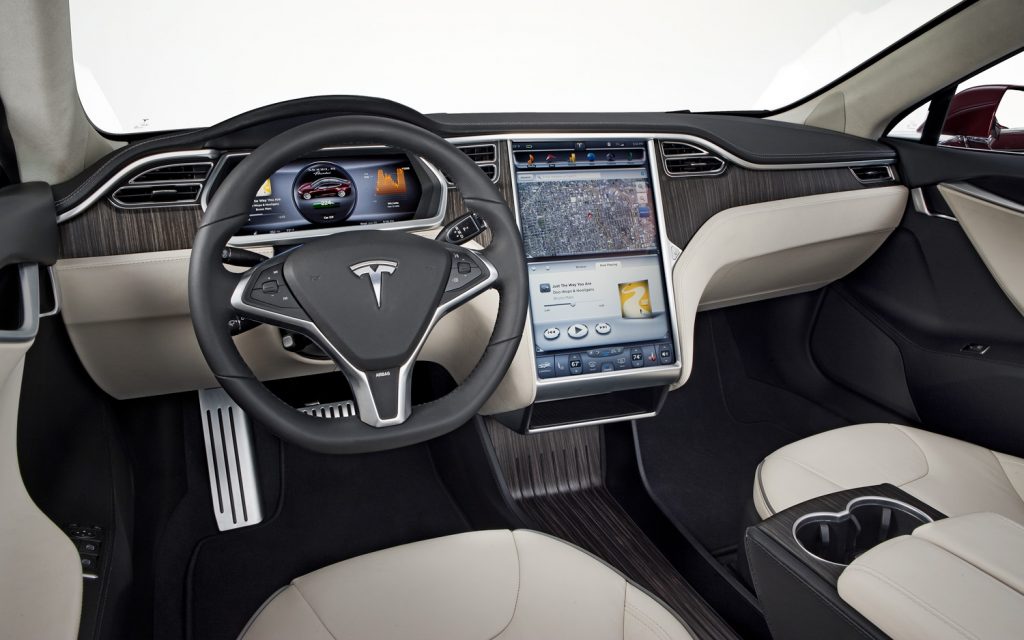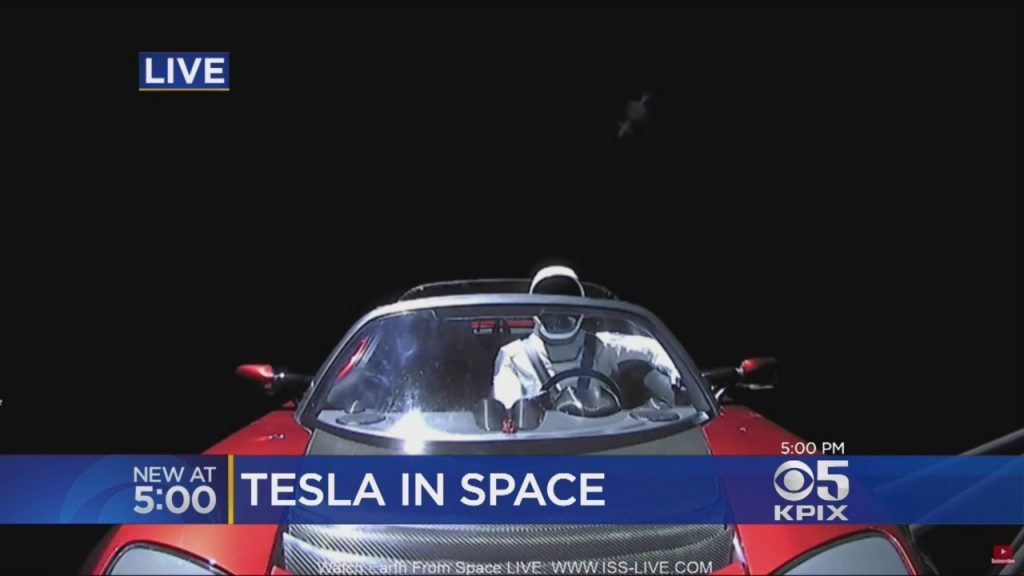

Nikola Tesla, physicist and engineer lived up to 1943, he was a true visionary in electromagnetism and alternating current and a new visionary of our times, Elon Musk, has decided to pay homage to the scientist with his famous project TESLA, a technological and market bet, which among countless ups and downs has certainly shaken the world of electric mobility for cars.

Tesla cars quickly brought technologies to the road that were not even remotely imaginable until very recently., still leading the crusade towards the future of that product – the car – which has basically been the same for about a century. Pure electric, autonomous driving, networking between vehicles, these are just some of the new values for the mobility of the future that are continuously being worked on at the Tesla headquarters in California. But Musk never stops and in addition to his space activities and on hyper-fast and vacuum ground transport systems, he has also been working in the sector for some time “road transport”, imagining a better future in terms of environmental sustainability and safety for heavy vehicles.

But it does so with a precise one brand strategy, why the positioning of the company allows you to clearly express objectives, priority, logic and also investments. And this, through an accurate analysis of the reference context, led to the diversification of brands with the creation of an autonomous brand, which while maintaining consistency with the initial inspiration, find the right answer in the name of the Serbian physicist: NIKOLA.
The project foresees a development in two directions, given the nature of the vehicles that have to face long distances optimizing times and performance, then electric and hydrogen.

NIKOLA has in fact recently entered into an agreement with CNH Industrial, with the aim of working on the result “zero emissions” in the heavy vehicle sector and the first fruit of this collaboration is "Nikola Tre”, an electric and hydrogen truck presented in Turin and which could also be produced in Italy. The first deliveries are scheduled for 2021 and the goal is to grow by 1% per year in the former 5 since 100 years.